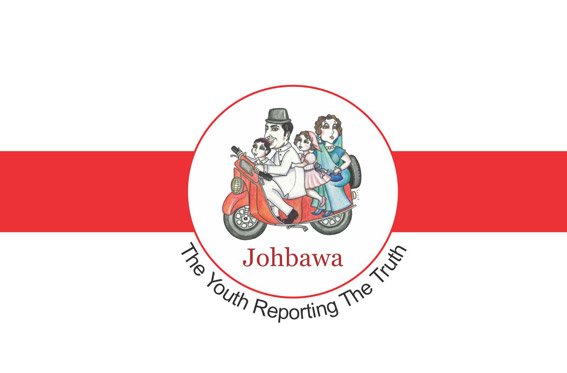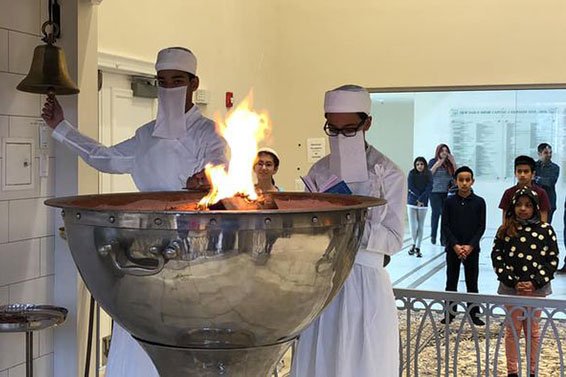Avestan, an ancient Indo-Iranian language, travels to Pune
City-based Bhandarkar Oriental Research Institute starts a free 10-day course.
In a bid to boost understanding of the Indo-Iranian heritage, city-based Bhandarkar Oriental Research Institute (BORI), in a joint initiative with School of Oriental and African Studies (SOAS), University of London, and UNESCO Parzor (Parsi Zoroastrian) Project, has introduced a 10-day long formal course in Avestan, an Indo-Iranian language that has its roots in the 3rd century.

The course, being taught for free, began on July 6.
“In December last year, a woman from France was on a tour to India during which she also visited BORI. She suggested that we conduct this course and offered to bear all the expenses too. Hence, after working out the necessary details, we launched a formal course. Interestingly, we got a very good response. We have around 90 students attending the course, which includes a number of senior citizens,” says professor Shrikant Bahulikar, honorary secretary in-charge, BORI.
Talking about the course, Bahulikar says it is designed to benefit scholars and students of various disciplines as well as the general public, especially from the Parsi community. “It contributes to oriental studies, Vedic studies and Indian culture by teaching the Avestan language in a comparative perspective that considers the common Indo-Iranian heritage shared by Vedic and Avestan,” he says.
Prior to being called Avestan, the language was known as Zend. It is primarily used in Zorastrian scripture, which is called Avesta and hence the name Avestan. Generally, Iranian languages are divided into two groups, eastern and western. In this context, Avestan is an eastern language. Other than Sanskrit, which is an Indo-Aryan language, Avestan is the oldest Indo-Iranian language known today.
Both the languages have the maximum number of ancient written works. The script for writing Avestan came into being around the 3rd century.
Talking about the distinctiveness of the course, Bahulikar says, “Though in the past, say about 10 years ago or so, a few scholars have conducted one or two-day workshops on Avestan, it is the first time that a formal course is being conducted in the city.”
According to Bahulikar, at the end of the course, the participants will have a clear understanding of the basics of the Avestan language that will help them translate simple Avestan literary works.
Alongside the course, the institute is also holding an exhibition that showcases its collections of books and documents written in Avestan manuscripts.
The course, says Bahulikar, is being conducted by Almut Hintze, who is Zartoshty Brothers professor of Zoroastrianism in the Department of the Study of Religions, School of Oriental and African Studies, University of London. Her field of work has been Indo- Iranian studies with special emphasis on Avestan language, Zoroastrian literature, beliefs and religious practice.
At present, Hintze is working with a team of scholars on an edition and translation of the Avestan and Pahlavi versions of a major Zoroastrian ritual, the Yasna.
Published in the Indian Express.




